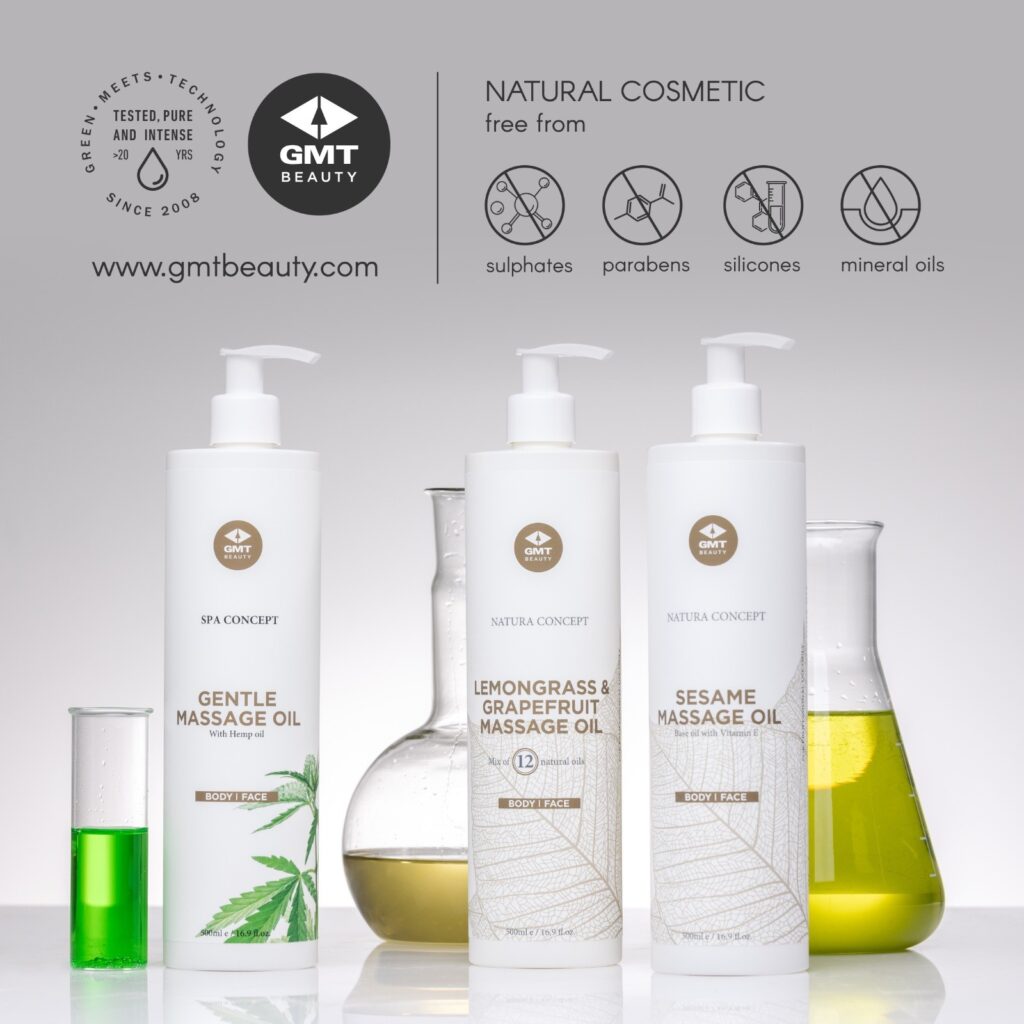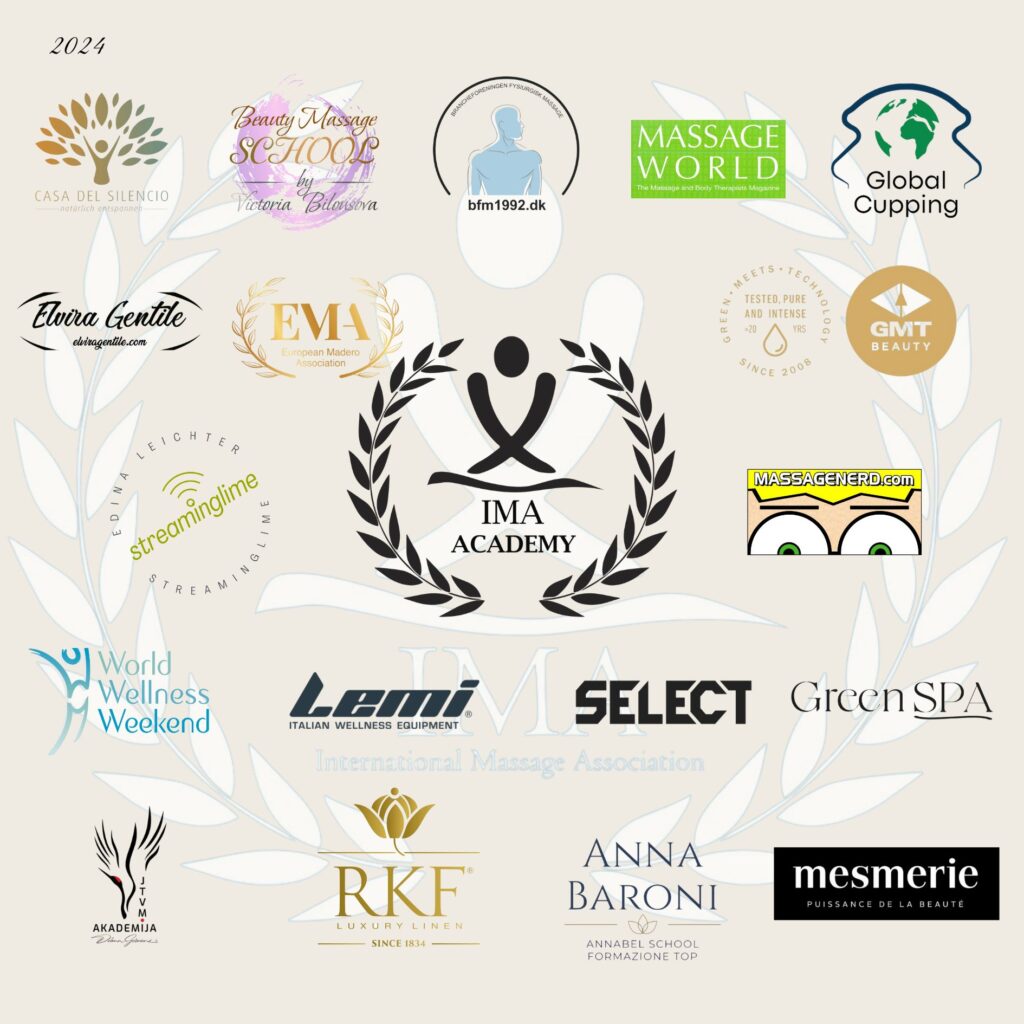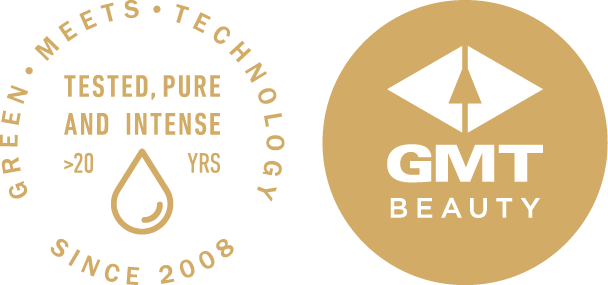Safe Products for Massage Therapists
In connection with the IMA’s Massage Masterclass at the P. Stradins Medical College of the University of Latvia earlier this year, I had a conversation with the people behind GMT Beauty who sponsor both the World Championships and the Nordic Massage Championships. The conversation was about the massage therapist’s own safety when using various massage creams and oils. It developed into this article with several good advice and considerations.
Choosing the right products not only benefits clients but also protects the therapist’s own health. Here are some categories of products and specific recommendations that minimize risks for therapists:
1. Natural Carrier Oils
• Sweet Almond Oil: Gentle and hypoallergenic, it’s great for most skin types and provides good glide.
• Jojoba Oil: Closely resembles the skin’s natural sebum, making it suitable for all skin types and less likely to cause irritation.
• Coconut Oil: Antimicrobial and moisturizing, though it solidifies at lower temperatures, which can affect its use.
• Grapeseed Oil: Lightweight and non-greasy, an Antioxidant-rich oil to boost skin’s defences, it’s an excellent choice for massage.
2. Essential Oils
When using essential oils, proper dilution is crucial to avoid skin sensitivity. Here are some safe options:
• Lavender Oil: Calming and soothing; typically, safe when diluted.
• Peppermint Oil: Invigorating; use in small amounts, diluted in a carrier oil.
• Ginger oil: warming and antioxidant properties; use in small amounts, diluted in a carrier oil.
3. Massage Creams and Lotions
Look for products that are free from harmful chemicals:
• Organic Massage Creams: Choose those with natural ingredients and no synthetic additives. Brands like Biotone and Earthlite offer options with safe, nourishing ingredients.
• Aloe Vera Gel: Hydrating and soothing, it’s ideal for clients with sensitive skin and is safe for therapists.
4. Hypoallergenic Products
Choose products labeled as hypoallergenic, which are formulated to minimize allergic reactions. Look for brands that emphasize skin safety and natural ingredients.
5. Fragrance-Free Options
Avoid products with synthetic fragrances, which can irritate the skin and respiratory system. Opt for fragrance-free versions or those scented with natural essential oils.
6. Eco-Friendly and Organic Brands
Brands that focus on organic ingredients often prioritize safety for both clients and therapists. Look for certifications such as Natrue and COSMOS.
7. Personal Protective Gear
While not a product applied during massage, consider using nitrile or latex-free gloves if you have sensitive skin or to protect against cross-contamination.
Conclusion
Selecting safe products for massage therapy is essential for the health and well-being of both the therapist and the client. By prioritizing natural, hypoallergenic, and eco-friendly options, therapists can create a safe and effective environment that enhances their practice while minimizing health risks. Always conduct patch tests and consult product labels to ensure compatibility with both your skin and your clients’ needs.
- Article by Jeppe Tengbjerg (CEO The International Massage Association)

Did you like the article? Or did you like taking part of the World Championship in Massage or one of our classes, then please feel free to give us a nice review on Google.

At the International Massage Association we are ongoing try to elevate the Massage Profession via our many Articles, Podcasts, Masterclasses and via the Educational Conference at the World Championship in Massage
Please follow the IMA Social Medias and read more articles and watch amazing videos: Facebook, Instagram, Youtube, TikTok, Telegram Channel, Whatsapp Channel, Threads, X, Linkedin

Thank you GMT for the inspirational conversation



